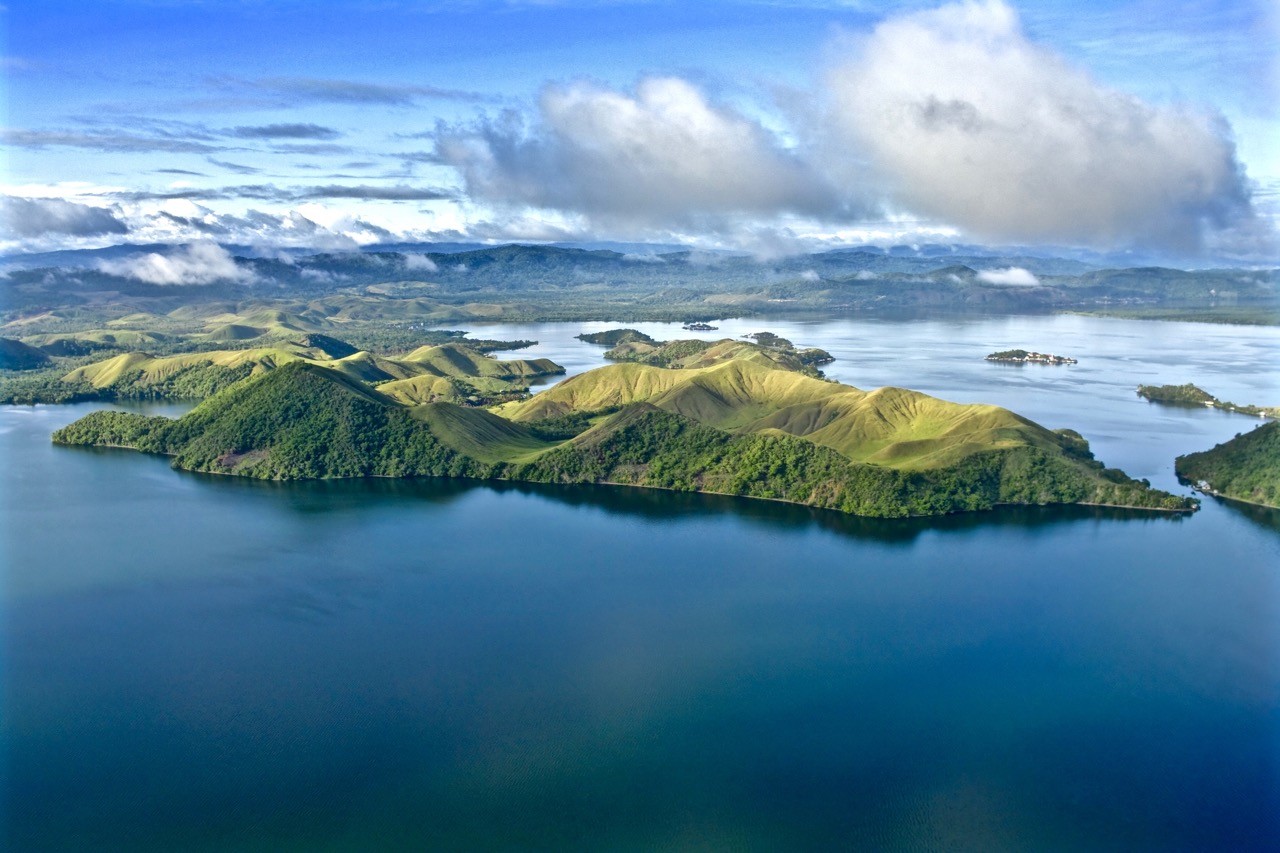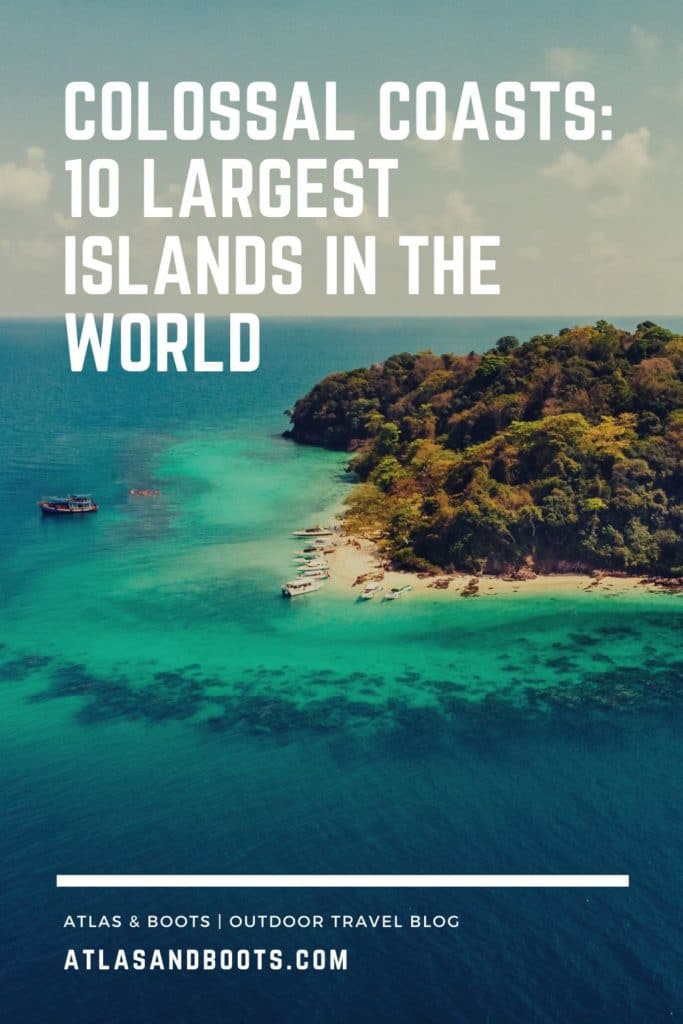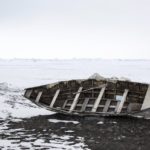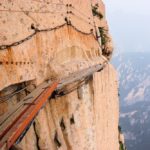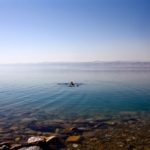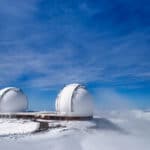We take a look at the largest islands in the world, from deserted Ellesmere Island in the Arctic Circle to metropolitan Honshu in Japan
We’ve spent a fair amount of time on islands. Not only were we born and raised on one, but island destinations appear to be a reoccurring theme on our travels.
In 2014, we started Atlas & Boots with a six-month journey across the South Pacific via Vanuatu, Fiji, Samoa, Tonga, Cook Islands, French Polynesia and Hawaii. Our latest extended trip has seen us spend a month in Sri Lanka shortly followed by another in Mauritius.
I love the sea and it’s rarely far away on an island. In the UK, you’re never more than 113km (70 miles) from the coast. I was raised by the sea and naturally find myself gravitating towards it again and again. I feel comfortable by the sea, I am able to orientate myself and I feel at ease. I love the expanse a sea or ocean brings with it: the solitude, the continuity, the relentlessness.
At the same time, I enjoy sprawling lands that offer anonymity. The best of both worlds can be found on some of the largest islands in the world. Here’s why they make fantastic destinations for the adventurous traveller.
10 largest islands in the world
1. Greenland
Area: 2,130,800 sq km (822,700 sq miles)
Population: 56,483
Population density: 0.028/km2 (0.1/sq miles)
Location: North America (Denmark)
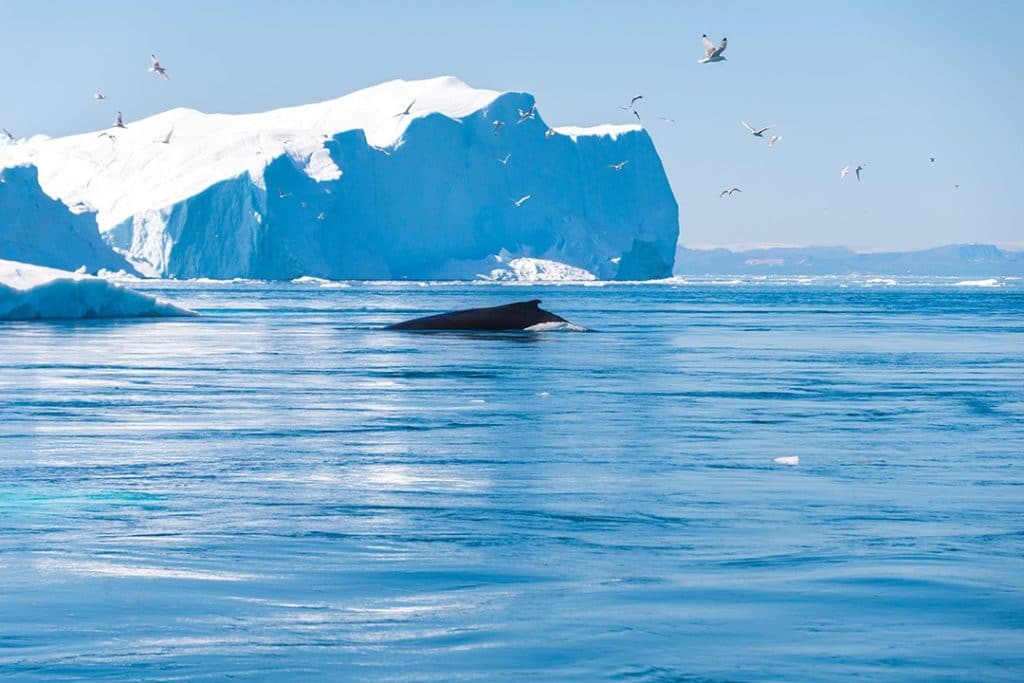
Discounting continental landmasses such as Afro-Eurasia, Americas, Antarctica and Australia, Greenland is the largest island in the world. This autonomous constituent country within the Danish Realm is the least densely populated territory in the world.
Sandwiched between the Arctic and Atlantic oceans, Greenland is an inhospitable land amid even more inhospitable waters. The island has long drawn the gaze of polar explorers and today positions itself as an adventure tourism destination.
Despite the long winters and short summers, the state-owned tourism agency Visit Greenland promotes whale watching, local culture, winter sports and hiking as reasons to visit. I have my sights firmly set on hiking the 160km (99mi) Arctic Circle Trail.
2. New Guinea
Area: 785,753 sq km (303,381 sq miles)
Population: 11,306,940
Population density: 14/km2 (36/sq miles)
Location: Indonesia and Papua New Guinea, Oceania
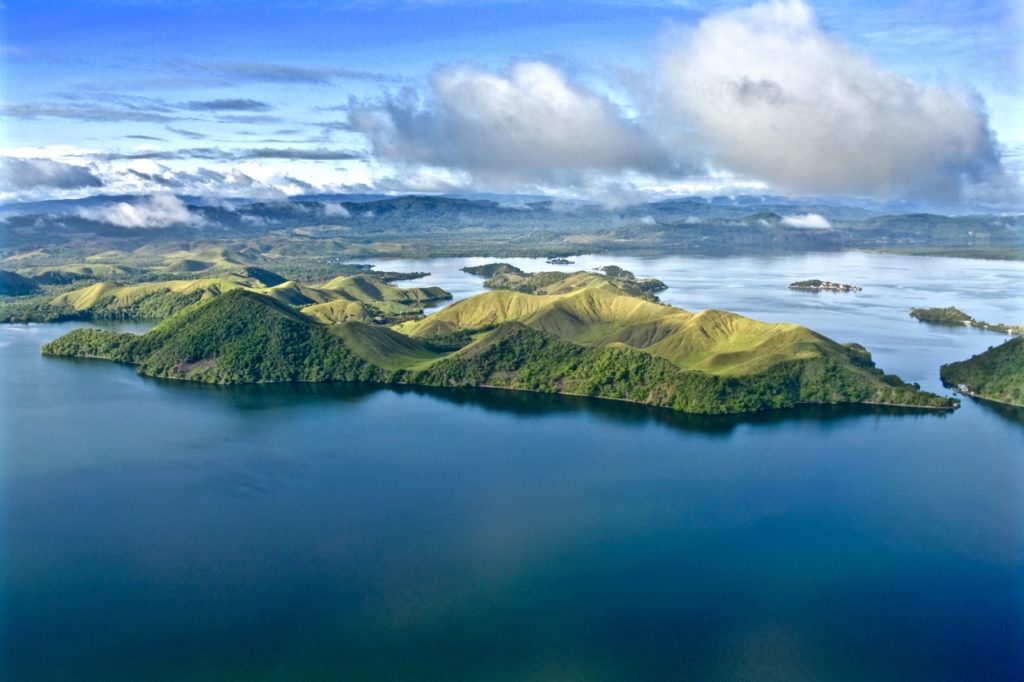
The world’s second largest island, New Guinea, is split almost equally between Papua New Guinea to the east and Indonesia to the west. Additionally, it is arguably (geopolitically at least) split across two continents: Oceania and Asia.
The coasts on both sides of the island offer excellent diving. Both are world-famous diving destinations with excellent conditions throughout most of the year. The biodiversity beneath the waves teems with colourful arrays of coral and fish. There is also an incredible collection of World War II plane wrecks and shipwrecks to dive.
The highest mountain of Oceania and a member of the seven summits, Puncak Jaya (Carstensz Pyramid), is located just inside the Indonesian border on the island. Although for most tourists it’s not the island’s biggest draw, it is the main reason I want to visit.
3. Borneo
Area: 743,330 sq km (288,869 sq miles)
Population: 19,804,064
Population density: 21.52/km2 (55.74/sq miles)
Location: Brunei, Indonesia and Malaysia, Asia
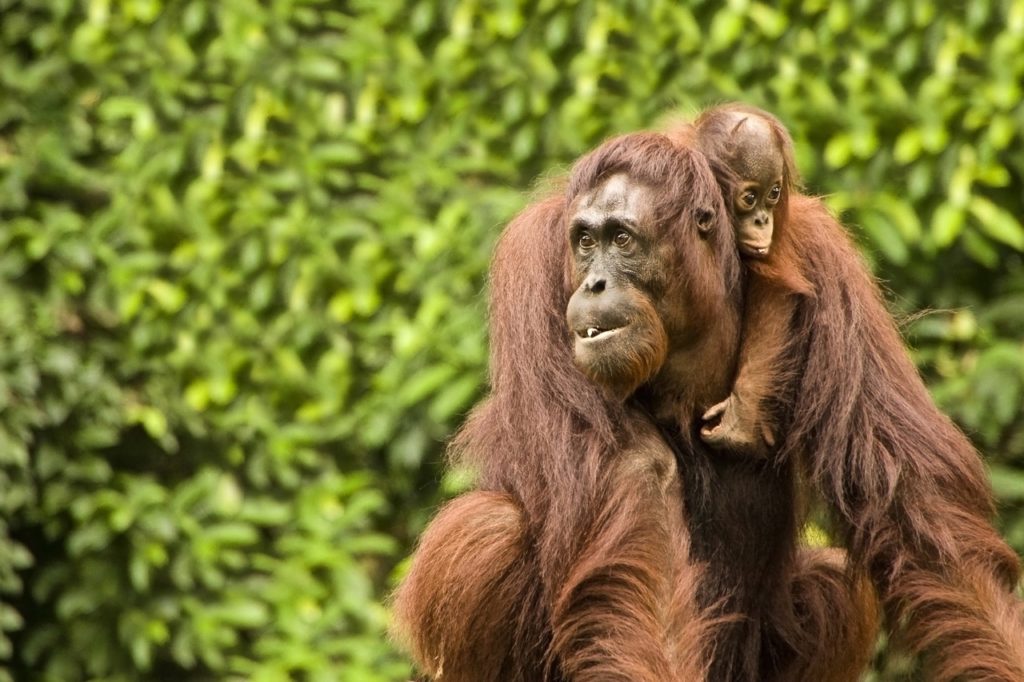
The third largest island in the world comprises three countries although the vast majority, approximately 73%, is Indonesian territory. The sovereign state of Brunei makes up just one 1% of the island and the remaining territory is Malaysian.
Interestingly, Borneo is home to one of the oldest rainforests in the world and is antipodal to the Brazilian Amazon rainforest. The island is also home to exotic and rare wildlife in its interior jungles and surrounding waters. Wild orangutans swing through the jungle canopy while Irrawaddy dolphins swim and saltwater crocodiles lurk in the waters of the South China Sea.
4. Madagascar
Area: 587,713 sq km (226,917 sq miles)
Population: 22,005,222
Population density: 33/km2 (85/sq miles)
Location: Africa
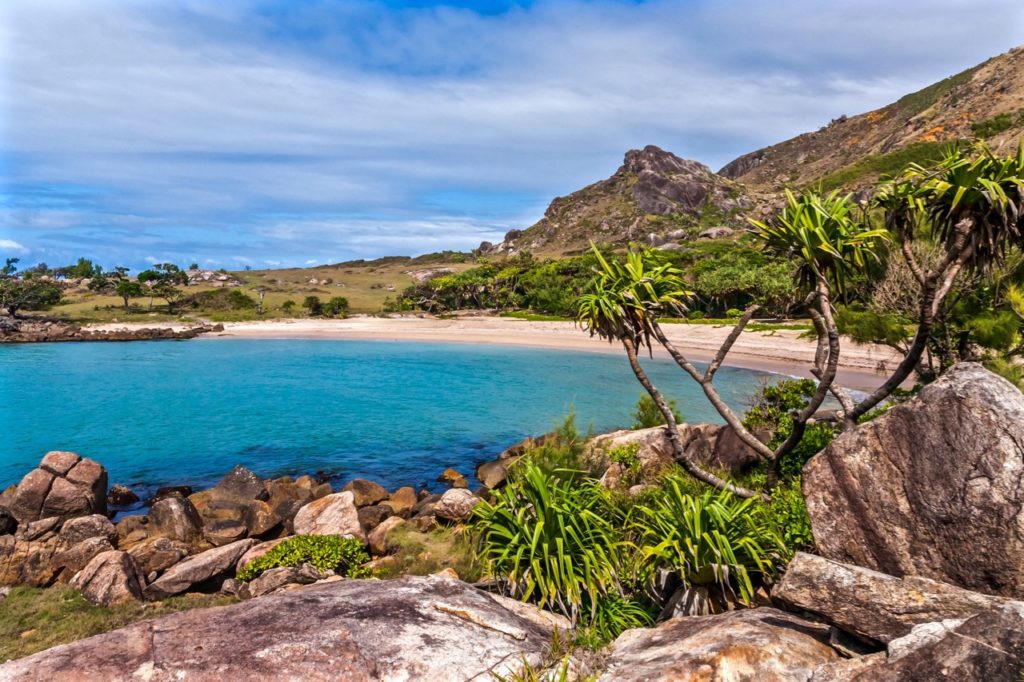
Madagascar is the fourth largest island in the world and the largest island in the Indian Ocean. We’re hoping to visit Madagascar this year as it’s an incredibly diverse island with huge swathes of virtually uninhabited land to explore . It is also home to some stunning scenery and unusual wildlife. In fact, 5% of all known animal and plant species can be found on Madagascar alone.
With 5,000km (3,100mi) of coastline, the Indian Ocean throws every type of sea at the island: calm and idyllic waters gently lap at sandy beaches while violent and dangerous waves batter rocky cliffs elsewhere.
5. Baffin Island
Area: 507,451 sq km (195,928 sq miles)
Population: 10,745
Population density: 0.02/km2 (0.05/sq miles)
Location: Canada, North America
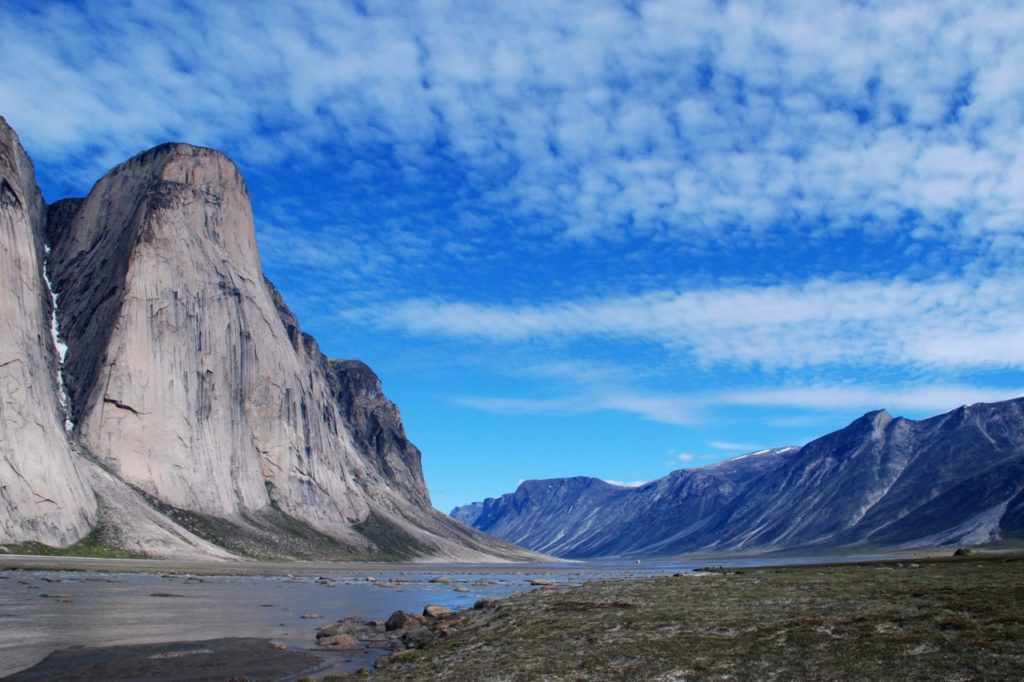
Canada has three islands on this list, which is hardly surprising since it has the longest coastline in the world and an unknown number of islands. It is estimated that there are over 30,000 islands along the eastern shore of Georgian Bay alone. Thirty Thousand Islands is the world’s largest freshwater archipelago.
Kia and I both want to visit Canada. We recently included it on our list of countries we most want to see, highlighting Baffin Island with its wild and expansive landscapes as a must see. The peaks of Mount Asgard and Mount Thor look otherworldly, with the latter featuring Earth’s greatest vertical drop at 1,250m (4,101ft).
6. Sumatra
Area: 443,066 sq km (171,069 sq miles)
Population: 50,000,000
Population density: 106/km2 (275/sq miles)
Location: Indonesia, Asia
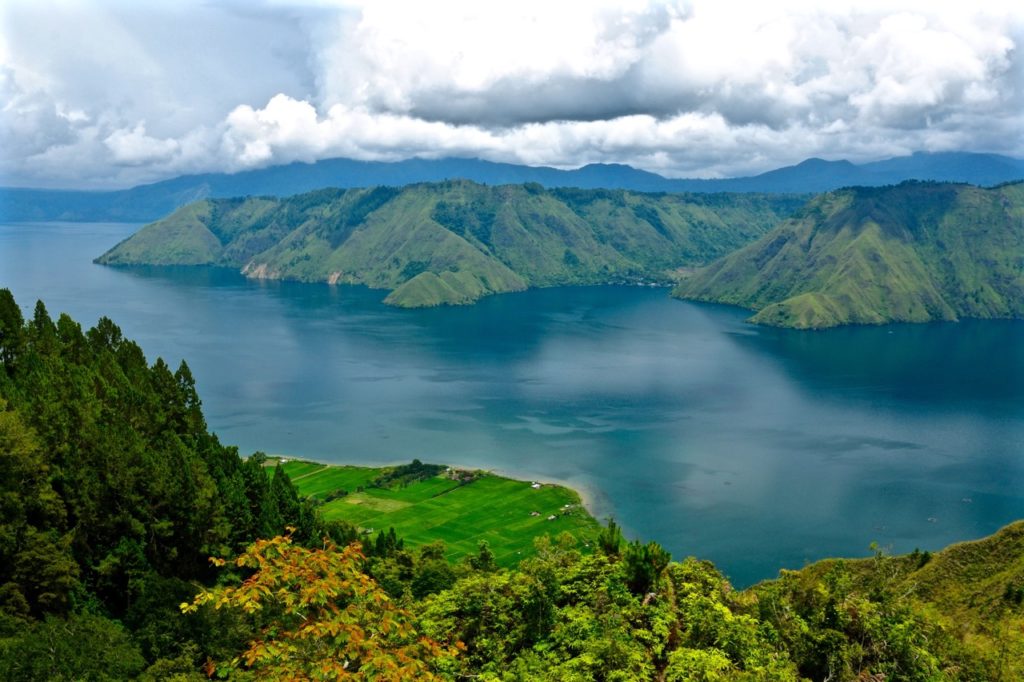
Unlike Borneo and New Guinea, Indonesia has this one all to itself. Sumatra straddles the equator and with it comes characteristic equatorial nature and geography.
Eruptions, earthquakes and tsunamis are typical across Sumatra, while rare and endangered wildlife fills the jungles within. Orangutans, tigers, rhinos and elephants stalk the tangled forests while down at sea level, picturesque beaches and clear barrels of surf make for fantastic diving and watersports.
7. Honshu
Area: 225,800 sq km (87,200 sq miles)
Population: 103,000,000
Population density: 447/km2 (1,158/sq miles)
Location: Japan, Asia
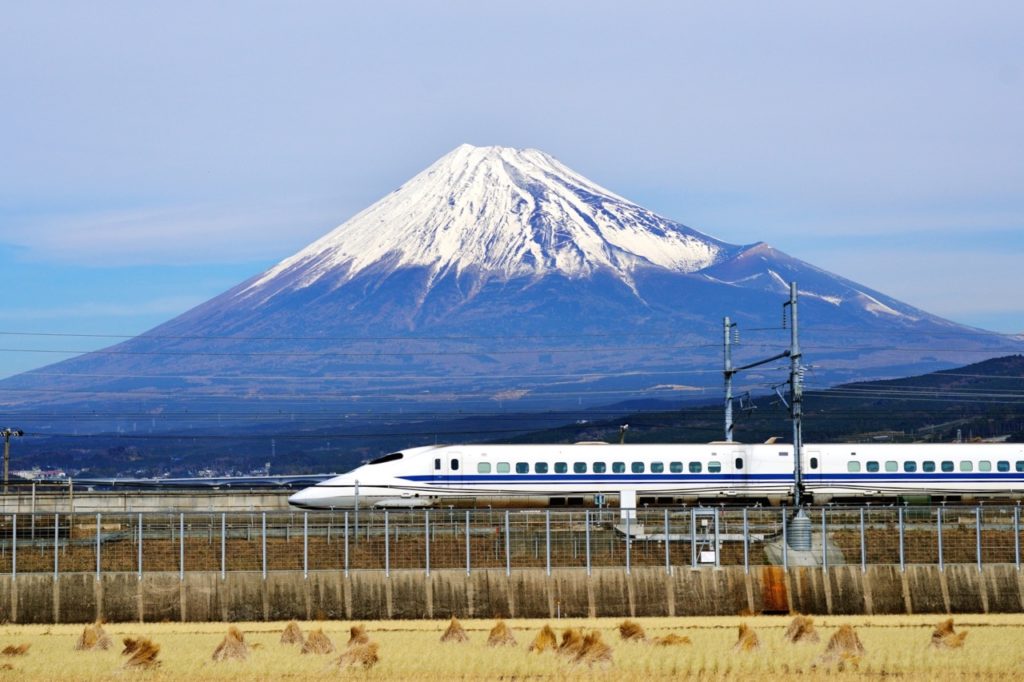
Regarded as the Japanese mainland, Honshu is the largest of the four main islands of Japan. It is the most populated (and densely populated) island on this list and is the second-most populated island in the world after the Indonesian island of Java with its 139 million inhabitants. This is no surprise as the megacity of Tokyo and its metropolitan population of nearly 38 million people are located on the island.
Apart from the odd sprawling metropolis, there is world-class skiing, hiking and mountaineering on the island’s eye-catching alpine uplands – all of Japan’s 30 highest peaks are on Honshu (including Mount Fuji) as well as its largest lake, Lake Biwa.
8. Victoria Island
Area: 217,291 sq km (83,897 sq miles)
Population: 1,875
Population density: 0.009/km2 (0.02/sq miles)
Location: Canada, North America
Victoria Island is the largest island in the world to lie entirely within the Arctic Circle. Far more fascinating is that it contains the world’s largest island within an island within an island. I could explain it but it’s probably easier to watch the above video on Google Earth.
It’s also highly unlikely that anyone has even stepped foot on the unnamed ‘sub-sub-sub-island’. Victoria Island, though bigger than 36 of the 50 US states, has a population fewer than 2,000. Instead of people, there are tens of thousands of caribou and musk-ox, which are both endemic to Canada. Unusually, the caribou seasonally cross the sea ice to graze on the Canadian mainland.
9. Great Britain
Area: 209,331 sq km (80,823 sq miles)
Population: 60,800,000
Population density: 302/km2 (782/sq miles)
Location: United Kingdom, Europe
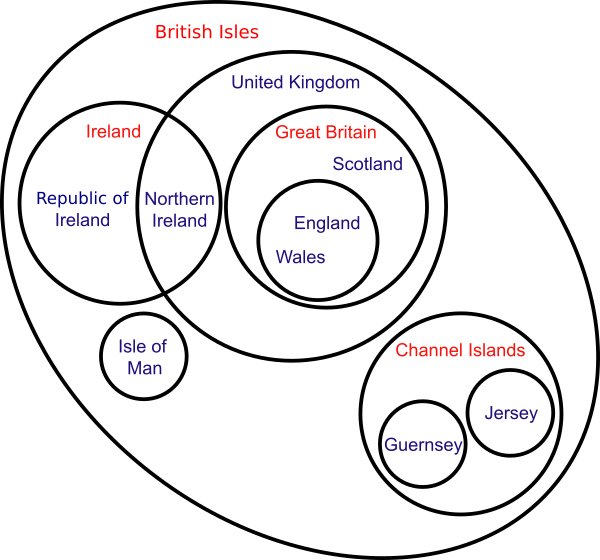
The island of Great Britain is the largest island in Europe, ninth largest in the world and the largest island in the United Kingdom. It includes the countries of England, Scotland and Wales but not Northern Ireland. Baffling, isn’t it? The diagram above goes some way to explaining it.
I have, of course, spent huge amounts of time exploring Great Britain, much of it along the coast. Last summer, I hiked part of the South West Coast Path in Cornwall, Britain’s longest national trail and one of the finest long distance hiking trails in the world.
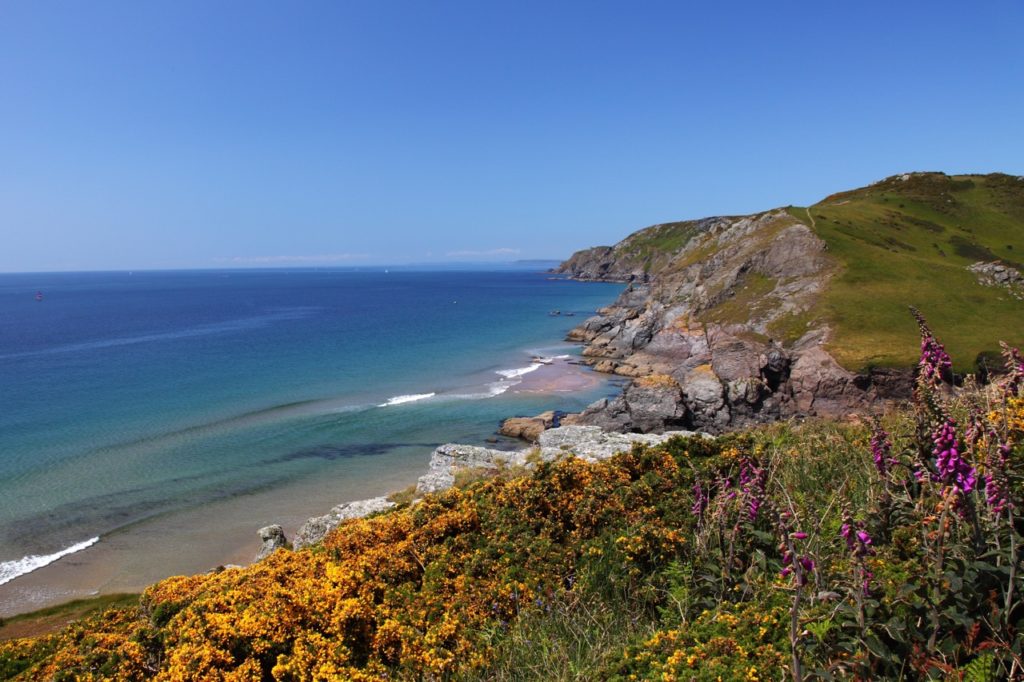
Great Britain is less dramatic than the other largest islands in the world. There are no active volcanoes, Arctic mountain systems or ferocious animals in Great Britain. But don’t write it off yet – there are rolling hills, craggy coastlines, quaint villages and the best cream teas in the world.
10. Ellesmere Island
Area: 183,965 sq km (71,029 sq miles)
Population: 146
Population density: 0.000744/km2 (0.0019/sq miles)
Location: Canada, North America
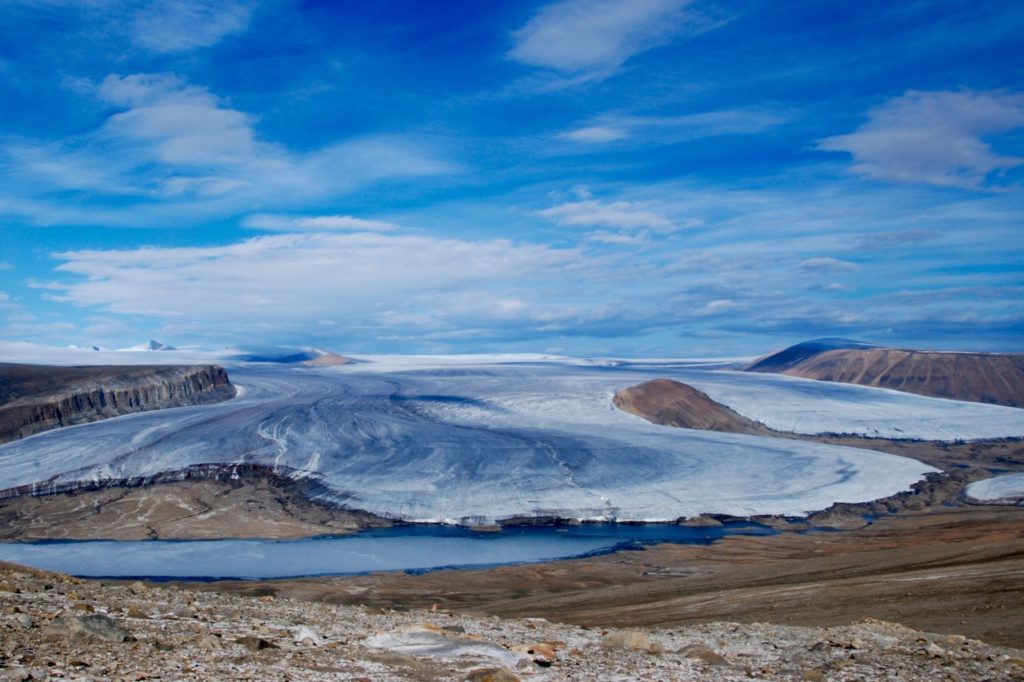
Like Victoria Island, Ellesmere also lies entirely within the Arctic Circle and is the last on our list of the largest islands in the world. Unsurprisingly, barely anyone lives here – just 146 souls in fact.
The Arctic Cordillera mountain system covers much of Ellesmere Island, making it the most mountainous island in the Canadian Arctic Archipelago and pretty inhospitable to the few human inhabitants.
So inhospitable in fact, that it wasn’t until 2011 that the first known circumnavigation of Ellesmere Island was completed. Jon Turk and Erik Boomer completed the 2,400km (1,500mi) trip by sea kayak.
If you consider yourself an avid kayaker then also consider that it took the two men 104 days and at one point they had to fend off a “breaching 3,000-pound walrus from the cockpit of a small sea kayak”. Apparently, Erik Boomer recommends using the paddle, although I’m not sure what else one would have to hand in a sea kayak…
